Those who work with solid wood know that it can be found in many forms: logs, timbers, planks, beams (vertical or horizontal) or panels. There is a tendency to think that solid wood panels (also called solid wood carpet) are not solid wood. If we were to consider only furniture made of wide planks to be solid wood, a lot of furniture would fall into this category. Take the example of the worktop in the picture below. Would you consider it not to be solid wood? If we were to go with this idea it would mean that any table top that is not made from a single piece of wood is not solid wood. However, how many trees are so large in diameter when cut to make a worktop from a single 'slice' of wood? I think a description of how solid wood panels are obtained, their advantages and disadvantages, would help form a complete picture.
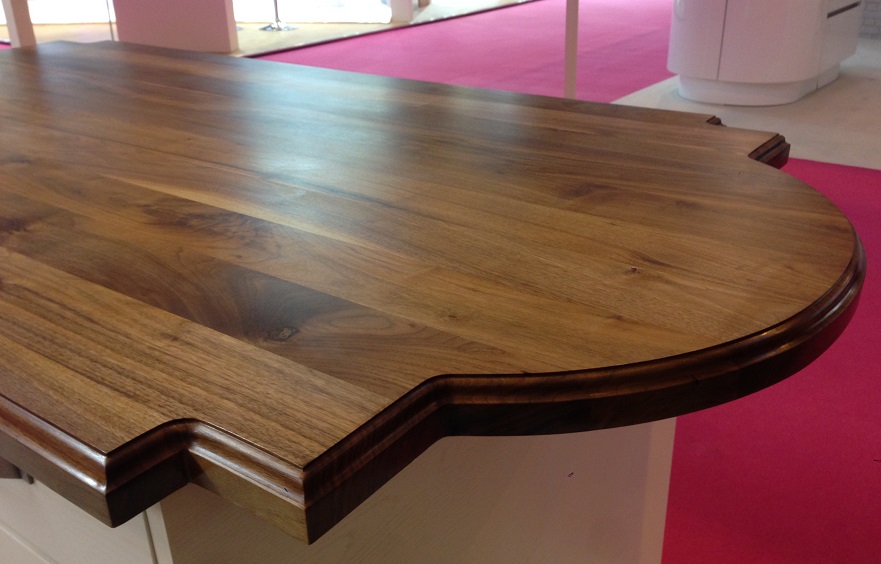
Solid wood panels can be produced as a secondary activity in furniture factories, as a DIY activity, but also as the main activity of a factory. They can be made from various types of wood, even the more 'precious' ones such as oak tree, fagul, the paltin, frasin, cherry or American walnut.
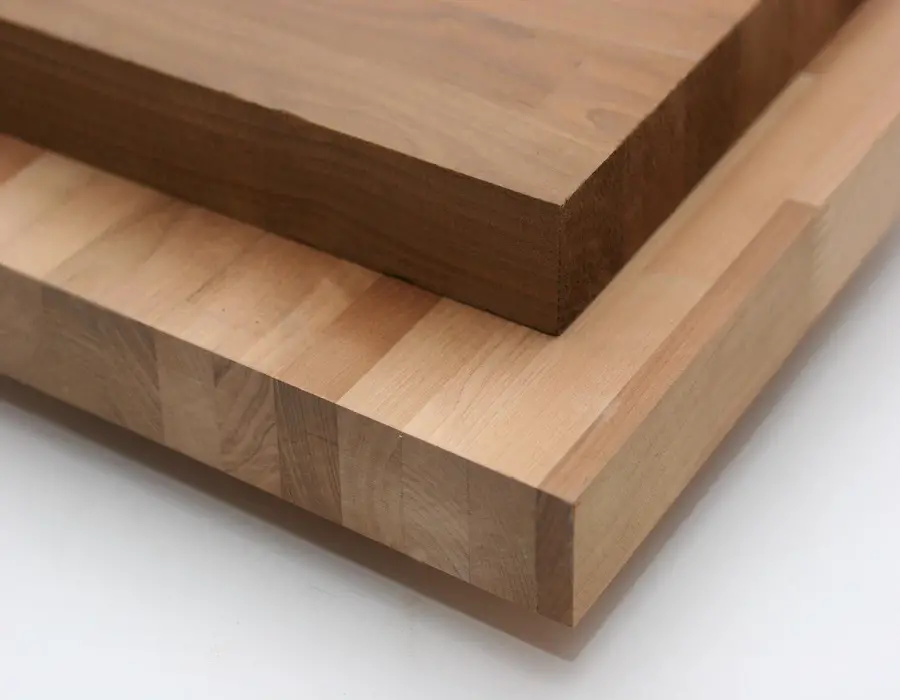
The manufacturing process has the following steps:
- log splitting
- timber drying
- cutting the timber into elements of a certain length, width and thickness
- removal of defects and knots
- extension of smaller elements
- sorting of items
- application of adhesive along the length of the element
- gluing
- calibration of the panel obtained
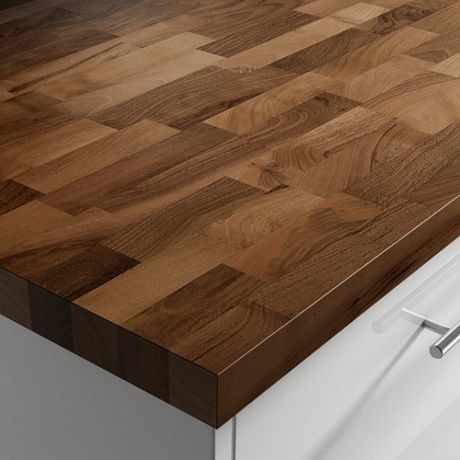
Lumber drying is done in kilns until the wood reaches equilibrium and a moisture content of 10+/-2%. Lower or higher humidity can lead to defects over time because the panel behaves like the solid being influenced by the variation of humidity in the air.
Lumbering is made in elements of predetermined length, width and thickness. The length of the elements determines the length of the panel and can be up to 5 m. The width of the element will become the thickness of the panel and the thickness of the element will be the width of the elements making up the panel. If it's not very clear, it will become immediately. 🙂
Elimination of defects and nodes. Each element has defects or knots removed so that the resulting panel is stronger without the risk of cracking or bending. Removal of knots is not mandatory, resulting in lower quality or simply aesthetic panels (pine or spruce).
Extension of elements. By removing defects some elements remain shorter than the standard for the panel. In this case, several elements are spliced lengthwise until the desired length is reached.
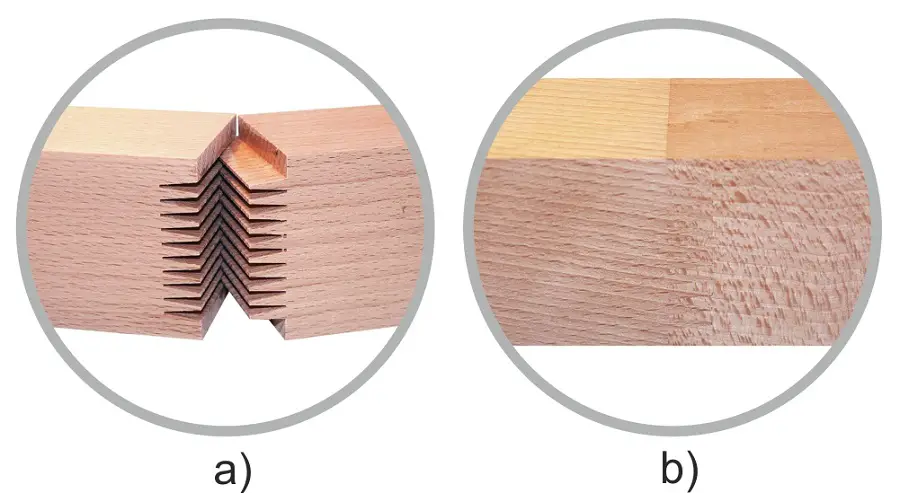
Sorting of items. Before the elements are glued together, they are sorted according to basic criteria:
- type and colour of wood,
- with or without tooth joint,
- panel pattern (with knots on one side, on both sides, without knots, with colour variations)
The selected elements are used to make panels that are classified in different quality classes.
Adhesive application. In panel factories, the adhesive is applied mechanically, the quantity being very well controlled so as not to have problems with the elements peeling off. When glued correctly, no matter how much pressure is applied to the glue line, it will not crack and the wood will crack first. If the loosening occurs in the glue line it means that there was not enough glue or it was not well absorbed into the wood.
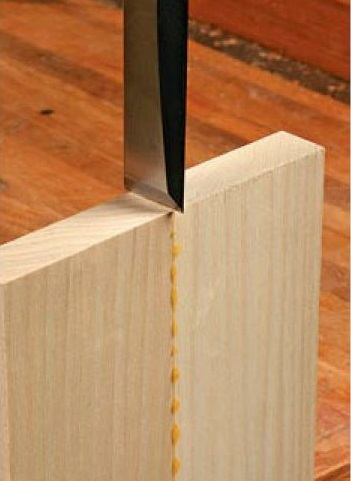
The adhesive is applied lengthwise (on the long edge), on the side where the joint can be seen in the teeth, and is only visible on the edge of the panel.
Gluing. The elements to which adhesive has been applied are placed one on top of the other in presses until the required width of the panel is reached. They are then tightened in the presses and cold-glued. The presses can be manual or pneumatic and can be of various sizes.
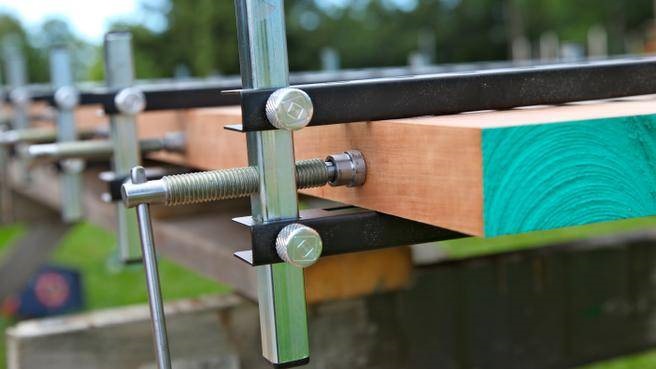
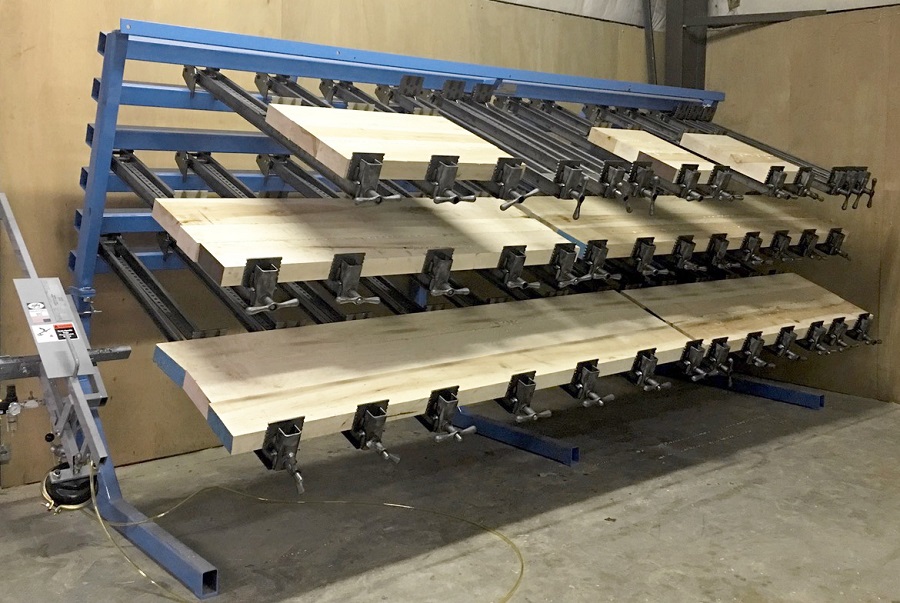
Calibration. After the time required to glue the elements, the panels are removed from the presses and calibrated. Calibration removes excess glue and a thin layer of wood so that the panel becomes perfectly flat and any surface stains are removed.
Finally, the panels are packed taking into account the wood's behaviour at temperature and humidity.
The main advantages of solid wood panels are:
- very good stability. By cutting into smaller elements, the stresses specific to solid wood are removed so the risk of cracking or bending is eliminated;
- large sizes, which allows for the cutting of large items (table tops, kitchen worktops);
- elimination of defects.
On the disadvantages we can note:
- discontinuity of the wood design,
- uneven staining problems that may occur due to different absorption.
Panels can be finished with oil, wax or varnishes and paints, just like solid wood. As mentioned, staining can cause staining problems, but these can be solved using controlled absorption dyeing materials.
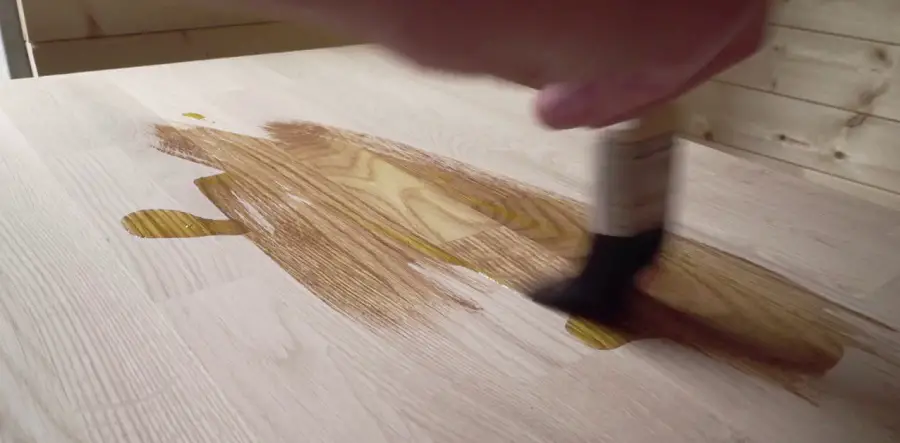
I think it is now clear that solid wood panels cannot be compared to chipboard or MDF. Chipboard and MDF are chips, i.e. wood fibre (wood from which lignin has been partially removed) and sawdust, mixed with glue and hot-pressed, whereas solid wood panels are cold-jointed pieces of timber. The adhesive used in solid wood panels is different from that used in chipboard and MDF, hence the lack of formaldehyde.
Unfortunately, the fact that it's made from pieces of lumber means that solid board is often treated as an inferior product. Some people are tempted to choose veneered chipboard over solid wood, simply because the design is more visible and has continuity. And something leads me to believe that there are few people tempted to consider a countertop like the one below inferior, even though the pieces from which it was made are smaller than those used in a solid countertop.
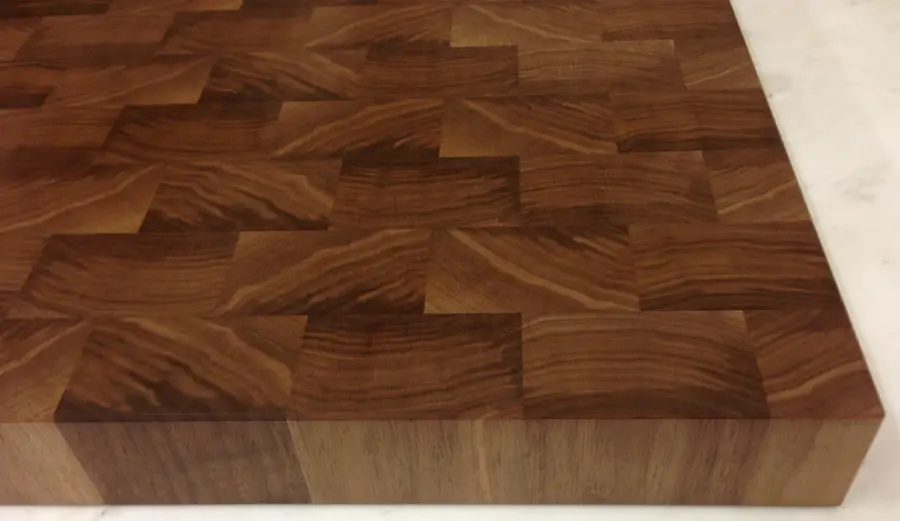
Massive panel is considered solid wood even if it is not plank or beam, and this is the case all over the world. Furniture, kitchen worktops or stair treads will look great made from solid wood paneling, and when it is cut to fit the chosen spot you will definitely smell the specific smell of wood.
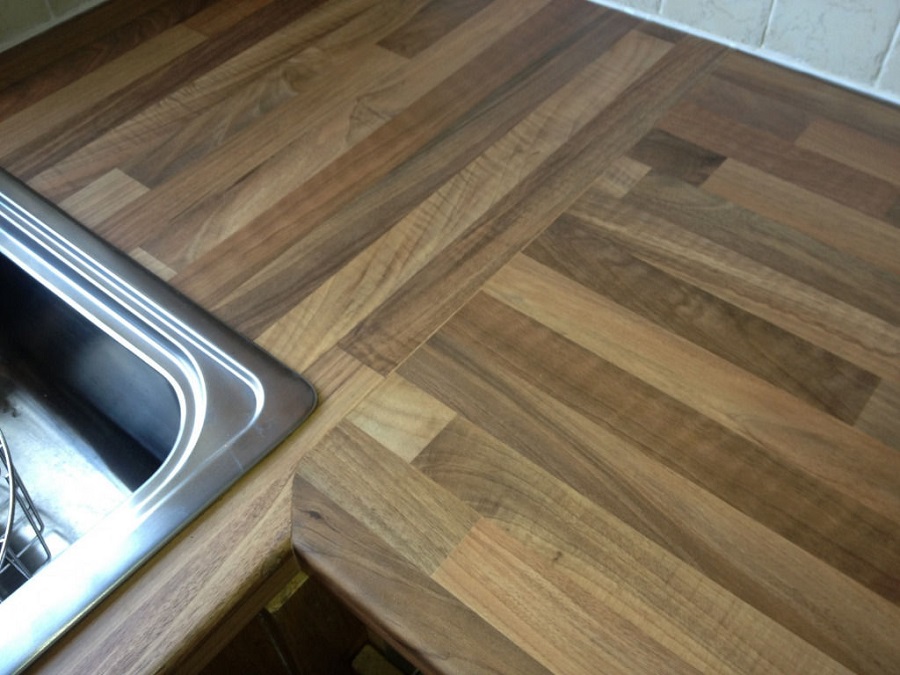

















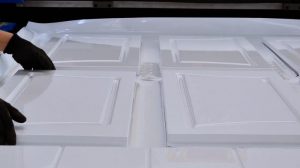


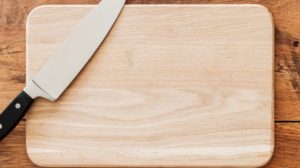
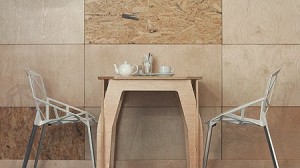
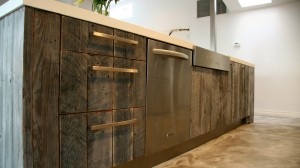
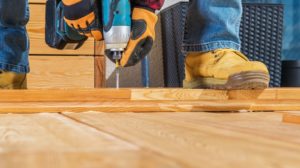
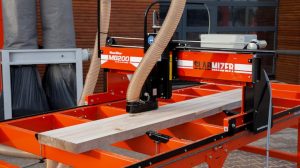
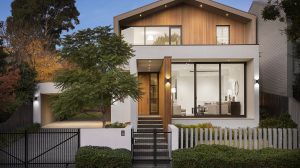
Hello,
Please give me some advice on a solid wood panel floor, 600x2000x16. I was wondering if the floor could be made of such panels, glued with adhesive on a screed. Are there any stresses, cracking, bending? The surface would be 4×5 m, so about 20sqm.
Thank you.
Good evening,
The solid wood panels are very stable and do not bend because, by cutting into small elements, the tensions are eliminated. There is also no risk of cracking because the defects are eliminated by cutting.I don't think there will be any problems over time if you make the floor with such panels.
All the best!
Good morning!
I would like to ask you three questions, if the site is still active.
Is the solid spruce panel lighter or heavier compared to the pallet panel, at the same size of course?
As a price, in general, is it more expensive than pale?
Can these panels be milled, as in mdf, for example?
Thank you very much!
Good morning!
1. It is easier.
2. It should be more expensive.
3. It can be milled like mdf. When machined it behaves like a solid piece of wood, but is more stable.
All the best!
Don't forget to subscribe to the printed Wood Magazine! For only 58 lei/year you can find out news in the field, discover craft ideas or trade secrets. We remind you that the content in the printed magazine is different from the one on the website. Details in the link below.
Thank you!https://revistadinlemn.ro/product/abonament-revista-din-lemn/
[...] Houses made of lamellar beams. A great advantage of these houses is that they offer countless possibilities for joining. Laminated beams (glulam) as they are also called, are very strong and resilient. They are made by gluing several layers of wood together along the grain. The wood used to form the beams is free of defects. Before it is glued, all defects are removed and joined to form long, even very long elements. The principle is similar to that of making wooden panels. [...]
For the assembly of solid wood elements for the purpose of obtaining panels, certain conditions are imposed, the most important of which is that the faces of the solid elements in contact must be in the same structural direction. That is to say, radial section with radial section, tangential section with tangential section and semi-angential section with semi-angential section. If there is no resolution, half-angential with tangential and half-angential with radial are accepted, but tangential with radial is not ! Thus, the direction of the maximum contraction stresses are oriented in the same direction with both masses in the same direction ! In no case "The elements to which adhesive has been applied are placed one on top of the other in presses until the required panel width is reached."